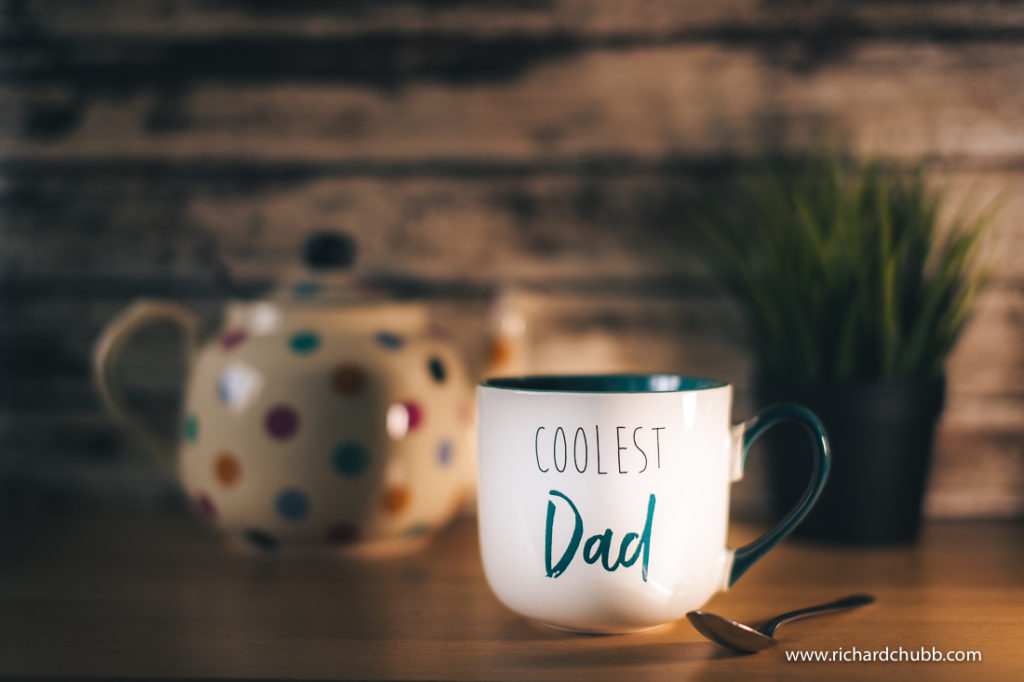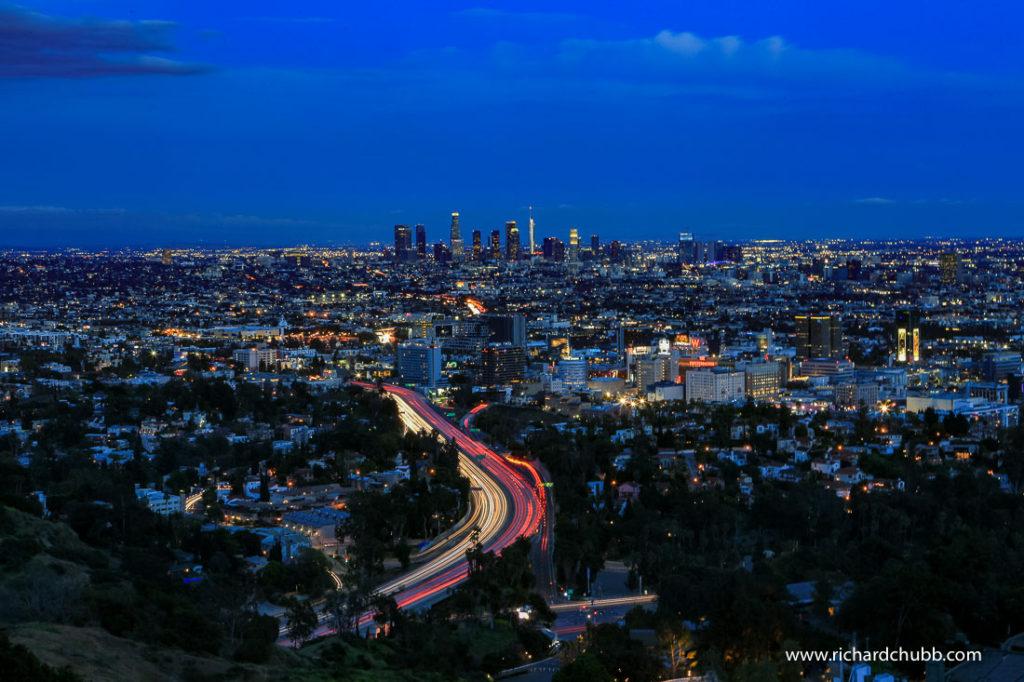Today’s post is all about Shutter Speed Aperture and ISO, which are the three main elements and the camera basics in getting the correct exposure. We are getting out of Auto mode and taking control of your camera.
If you have an even exposure, but you adjust one, then to keep that exposure you have to adjust one of the others. But which way?
Does a higher number give you more light, or less. Does it freeze the action, or give you motion blur?
All this is explained in the below video, which is over on the YouTube channel, but feel free to read on if you’d prefer.
Carry on below for the blog post, all about Shutter Speed Aperture and ISO.
Introduction to Shutter Speed Aperture and ISO
There are three important elements in photography that control how bright or how dark your image is, and that is Shutter Speed Aperture and ISO.
This blog post will try to explain how adjusting each one affects your exposure, and makes the picture closer to what you want.
Firstly, let me explain what each of these of these do, and how the affect how your camera see’s an photograph.
Shutter Speed
This dictates the length of time the camera’s shutter is open, and how long the sensor is exposed to light. It also determines how much movement the subject may make while it is exposed to the sensor.
Think of it as a window. If you open a window and close it again really (really) quickly, only a limited amount of light will fall into the room. In addition, if you were looking through the window, and someone walked past, you would only see them for a small amount, and they would generally be in the same place when the window opens and shuts, as it does it so quickly.
If the window was open for longer, then the room would stay lighter for longer, and you would see that person walk from one side of the room to the other.
Make sense? Let’s move onto Aperture.
Aperture

Aperture is essentially the size of the hole in the lens.
There is a much more technical term than this, but for now, this will do.
Confusingly, the lower the number, the bigger the hole.
So, if you want more light, you need to change the Aperture, or the ‘f’ number, to the lowest number. Alternatively, if you want less light, you increase the number, which gives you a smaller hole.

In addition, Aperture is also used to control the Depth of Field. A low number / big hole isolates your subject and blurs the back and foreground. Useful for portraits, and making your subject stand out by creating blur, or bokeh for the background.
A higher number / smaller hole makes more of the picture in focus. Used more in Landscapes for example.
This is probably the trickiest to get your head around, as you have to understand that the lower number is a bigger hole, and the larger number is a smaller hole.
It is worth taking a little bit of time to get this burned in your brain!
ISO
ISO is the third area that you need to consider when correctly exposing your photograph. The common thought is that ISO is the measurement of the sensitivity of your cameras sensor.
I have also read comments that is isn’t, but it is actually the way the electronic signal is processed in the camera.
Either way, the fact remains the same. A low ISO number, ie 100 will result in a ‘clean’ image. A higher number, say 6,400 will start to show signs of grain or ‘Noise’. Think of this as artificial light.


I always try to shoot at 100 ISO. This will give me the clean image I like, but this is personal preference. Some may way a little noise, or grain. That may be their style.
How Does it work in a practical example?
Let’s look at this in a real world situation.
Aperture Priority
You have set up a shot you want to take and you are hand holding. Your priority is making your subject pop so you are shooting at f2.8 because you want a shallow depth of field. You also want the cleanest image possible. So you fix your ISO at 100.
You dial in the shutter to give you the correct exposure, and you need to shoot at 1/20s. Too slow for a hand held photo for most cameras and lenses. So, you increase it to 1/100s. But, this lets in less light.
You next option perhaps for getting light from somewhere, to make up for the increase in shutter speed, is to lower the Aperture, ie ‘make the hole bigger’.
But, at f2.8, you are as low as you can go. You are now only left with ISO. This needs to increase, but at the risk of introducing noise.
For those that are waiting for the magic bullet to fix this dilemma, here it comes. There isn’t one!
Something has to give. Depending on my situation it would be one of a few things, in this order:
- Tripod – I would set up a tripod so I could shoot at 1/20s. That means everything is ideal. Shutter Speed Aperture and ISO.
- Artificial light – Perhaps introduce a flash or a constant light source to give you the light you need so you can push one of the settings
- ISO – Bite the bullet and accept I have to increase the ISO. Any unwanted noise or grain would be improved in post, in a program such as Lightroom
Here is an example. Note the cup is in focus, but items in the background, while recognisable, are out of focus. This is thanks to to the f1.8 aperture.

Now lets look at shutter priority.
Shutter Priority
Shutter priority is usually a preference when you want either a slow shutter speed or a fast one.
A slow one could be used to perhaps get intended motion blur in a moving option or to emphasise light trails.
A fast shutter speed would be used to freeze the action, perhaps while shooting birds, or for sports photography.
You have the perfect vantage point to get some fancy light trails as the road snakes away ahead of you. To do this, you need a slow shutter speed, so the sensor records plenty of movement as the shutter is open.
You set the shutter speed to say, 20 seconds. This, of course, lets in a bucket full of light, so your picture is totally white and overexposed. You drop the ISO all the way down to as low as possible. Usually 100.
This leaves Aperture. In order to get the correct exposure, you close the hole on the lens as far as you need to. In the below example, this happened to be f/22. This is not ideal, but I had no choice. Well, I did, I could have used ND filters, but that is a post for another day.
You are shooting at 20s, so you have to use a tripod, or, in my case, perch the camera on a fence post! Set the timer so the shutter opens 2 seconds after you press the button (to avoid camera shake) and you have your photo.

Now this is by no means a great shot, but with my wife and 4 year old waiting patiently in the car, time was of the essence!!
In terms of a fast shutter speed, pretty much the same as the above, but everything reverses.
Birds move fast. Really fast.
I needed a fast shutter speed, and even at 1/1000s the end of the wingtips were blurry, so I went to 1/2000s. This meant the shutter speed was open for a minuscule amount of time, letting in hardly any light.
I looked at my aperture and decided to go with f/7.1, to ensure I had as much of the bird in focus as possible. The lowest I could have gone with this lens was f/5.6. Now at 100 ISO, my preferred ISO setting, the picture was way too dark. In fact, to get anywhere near a decent exposure, I had to increase the ISO all the way up to 4,000.
Fortunately, my camera can handle this, but for those that may generate some noise, you could do a bit of work in post production afterwards.
But, in prioritising my shutter speed, I knew I was going to be able to freeze the action, and I chose Aperture and ISO on that back of that.
This is the resulting photo.

The key thing here is the 1/2000s. This ensured I was able to freeze the action, and make sure the bird as sharp.
Summary
Picking the right settings is key to getting the right picture. The auto modes on all modern cameras do a pretty decent job, if you are happy with snapshot type photos.
But, the sooner you can take control of the camera, your photography results will just keep getting better and better.
The key thing is to work it backwards. Think of the end result, and what the of photograph you are going for.
What do you want the photo to look like. Is the depth of field important? Aperture should be your main focus here.
Are you wanting to get motion blur or freeze the action? Then shutter speed should be your priority. Once you learn to take control of Shutter Speed Aperture and ISO, then you will start to see some great results.
I hope this was useful, check out the YouTube channel for more videos, and don’t forget to sign up to the mailing list for tips and tricks straight to your inbox!
Until next time…..
Rich